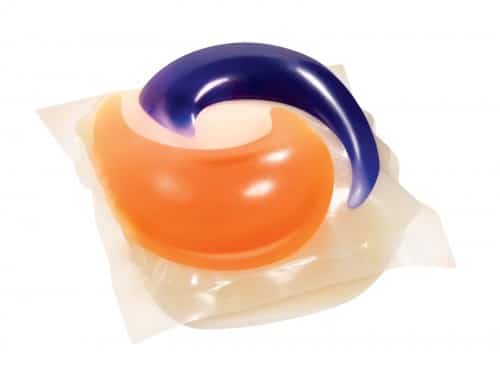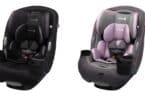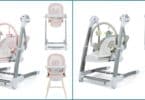Just a few short months ago, detergent manufacturers introduced miniature laundry packets to Americans. Designed to be easier and less messy than their conventional dry and liquid detergent cousins, the packets contain enough detergent for one full load of laundry. That detergent is encased in a dissolvable, plastic outer film. Already showing promise in the detergent markets, they seem like the perfect product for the busy parent. But doctors are extremely concerned about these convenient little packages, and for good reason.
Just since their introduction earlier this year, nearly 250 cases of ingestion of laundry detergent packages have been reported to poison control. Some of the highest number of cases came out of Texas (71), Missouri (25) and Illinois (26). While these cases only account for a fraction of the calls received regarding household cleaner ingestions among children, the fact that so many cases have already been reported, along with the fact that the symptoms being reported are more severe than conventional detergents (nausea and breathing problems) is cause for alarm.
“Detergents can cause some irritation, but haven’t been particularly threatening to kids,” said Dr. Brent Furbee, medical director of the Indiana Poison Control Center. “But this looks like it’s going to be a bigger deal.”
“We’re not sure why it’s happening,” said Dr. Kurt Kleinschmidt, a Dallas toxicologist and professor at the University of Texas Southwestern Medical Center. “But we’ve clearly had some kids who have become much more ill. We look at these pods as being clearly more dangerous than the standard detergent.”

In Philadelphia, a 17-month-old boy was home with his mom. She says she “turned a proverbial second,” and the child had already climbed up onto a dresser and had one of the packets in his mouth. That child started vomiting, and coughing. His mother noticed he was drowsy. After being taken to the hospital, he was placed on a ventilator for a day to help him with breathing problems and ended up staying at the hospital for a week.
Another child in Fort Wayne, Indiana, age unknown, tried to eat a packet and almost had to be placed on a ventilator for breathing issues.
Kiem Ho, the vice president for marketing at Purex, says that their UltraPacks packaging comes with warnings to parents, telling them to keep the products out of the reach of children. He added, however, that their company is doing what they need to do to help educate consumers.
“This is a new form of laundry product, and we will continue to join manufacturers to safeguard and educate consumers on the correct storage and use of these products in the home,” Ho stated.
Paul Fox, spokesman for Procter & Gamble, a parent company of Tide, says that all cleaning products should be kept out of children’s reach. And while he says that Tide has been working with poison control centers and advocacy groups to educate parents about the risks, he emphasized that the packets, in and of themselves, are not unsafe.
“The packs themselves are safe, regardless of who manufactures them, provided they are used for their intended purpose,” said Fox. “The risk becomes when they’re left like any other household product within reach of small, inquisitive hands.”
However, Julie Weber, director of the Missouri Poison Control Center in St. Louis, believes that the seemingly high risk of ingestion may be due, in part, to the appearance of the product.
“If you look at the Tide Pods, they’re bright blue and bright red and they look very much like ribbon candy,” Weber said.
She may be right, at least partially. But there are other potential issues that myself, as a parent can see with the packs. The ones I’ve seen on the shelf are contained in nothing more than a zippered plastic container. No safety mechanism is in place to help keep children out of the packets.
Granted, it is our responsibility as parents to keep these products out of reach. And I’m certain that most parents realize that these products, just like all chemicals, are unsafe and need to be stored somewhere safe, but we parents also know that almost nowhere is safe from curious little tots once they become mobile. Take, for example, the little guy who climbed up the furniture to get to the packs. I believe manufacturers should work in conjunction with parents by creating mechanisms that give us, as parents, a few more valuable seconds if our children do somehow reach their products and try to open them.
Tide says that they are planning to make packaging safer through a double-latch lid container. I hope that other manufacturers follow suit. While Buehler says that he’s not sure if the new, tougher lids will make a difference, I think that any device to help safeguard children is better than no device. I only hope that other manufacturers follow suit, and quickly, before one of these ingestion cases turns into more than just a hospital visit.
Related Articles:
- ‘Washing Machine’ Toddler’s Mom Found Out About the Incident on TV
- Babies Left to “Cry it Out” Feel the Stress, Even after the Crying Stops
- Experts Still Say “Nothing in the Crib but the Baby”







